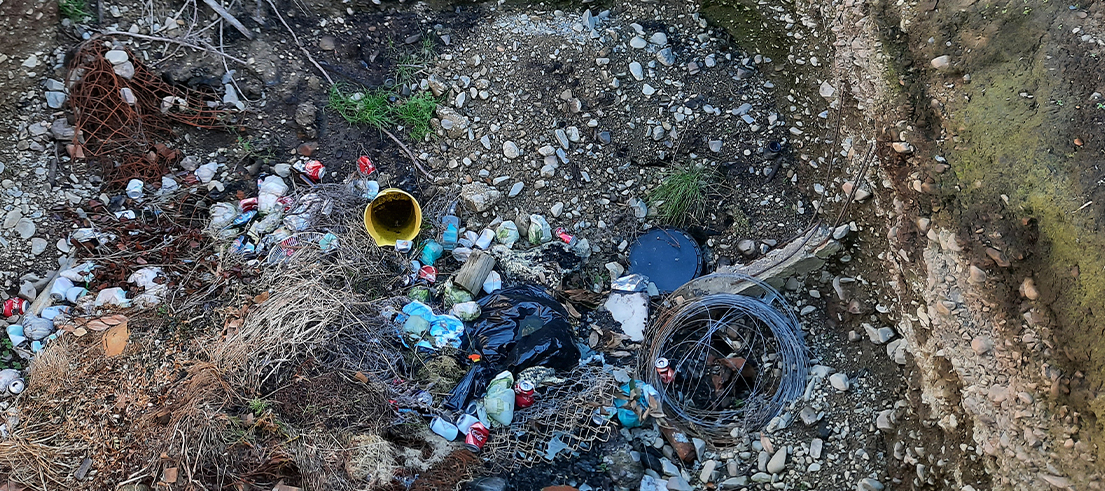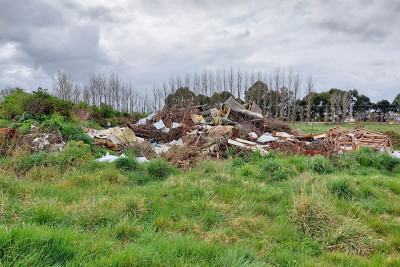
Illegal rubbish pits a growing problem
Owners of lifestyle blocks are being reminded of the rules around buried waste, as an increasing number of illegal rubbish pits are discovered.
Our compliance teams say it’s a growing problem across Waitaha/Canterbury – with at least seven discovered so far this year.
A costly offence

Landowners will need to provide proof that they've removed the waste and disposed of it correctly.
The pits are usually anywhere between one and four metres deep, with soil placed on top of the contaminated material to cover it up.
Regional leader of compliance, James Tricker, said there will be many more cases of illegally buried waste that haven't yet come to light.
"What we’re dealing with is probably just the tip of the iceberg. Some people will be doing it out of genuine ignorance, but others will know they're breaking the law."
Offenders may face enforcement action which could include written warnings, abatement notices, infringement notices or prosecution. There is also a recovery cost to cover staff time.
The landowner will also need to remove the waste and dispose of it correctly, and provide proof of doing so.
In some cases, soil testing may be carried out to check for evidence of contamination - such as from heavy metals - which if confirmed, could be listed against the property on the Listed Land Use Register (LLUR).
The right way to dispose of waste
For lifestyle block owners, the best way to dispose of your waste is to use the kerbside collection services that are offered by most councils or take it to a resource recovery park or transfer station. There is usually a cost to take waste to these locations, but it sure beats the penalties for burying it illegally! Even better, you may be able to recycle the material for free.
Private collection companies are also available. A simple google search will help you find one that services your area.
Larger properties
On properties larger than 20 ha, certain types of rubbish pits are permitted – with conditions. For example, a refuse disposal pit must be less than 50 m2 in volume. It also needs to be designed in a way that prevents adverse effects on water and soil quality, to help protect groundwater that neighbours drink. The waste must be free of hazardous substances, agrichemicals and agrichemical containers – and been produced on the property. Pits can only be used if there is no kerbside or local authority refuse collection available.
Offal pits must also be smaller than 50 m2 and are restricted to one pit per 100 ha of property per year.
For more information on rules for farm pits, visit our Farmers' hub section.
Seen it? Report it!
Tricker said it's in everyone’s best interests to do the right thing.
"Illegal rubbish pits can have serious environmental impacts – including on water quality, and they ultimately hit ratepayers in the pocket."
Our team is here to help. If you suspect an illegal pit on your property, you can call our incident response team on 0800 765 588 or use the Snap Send Solve app.
